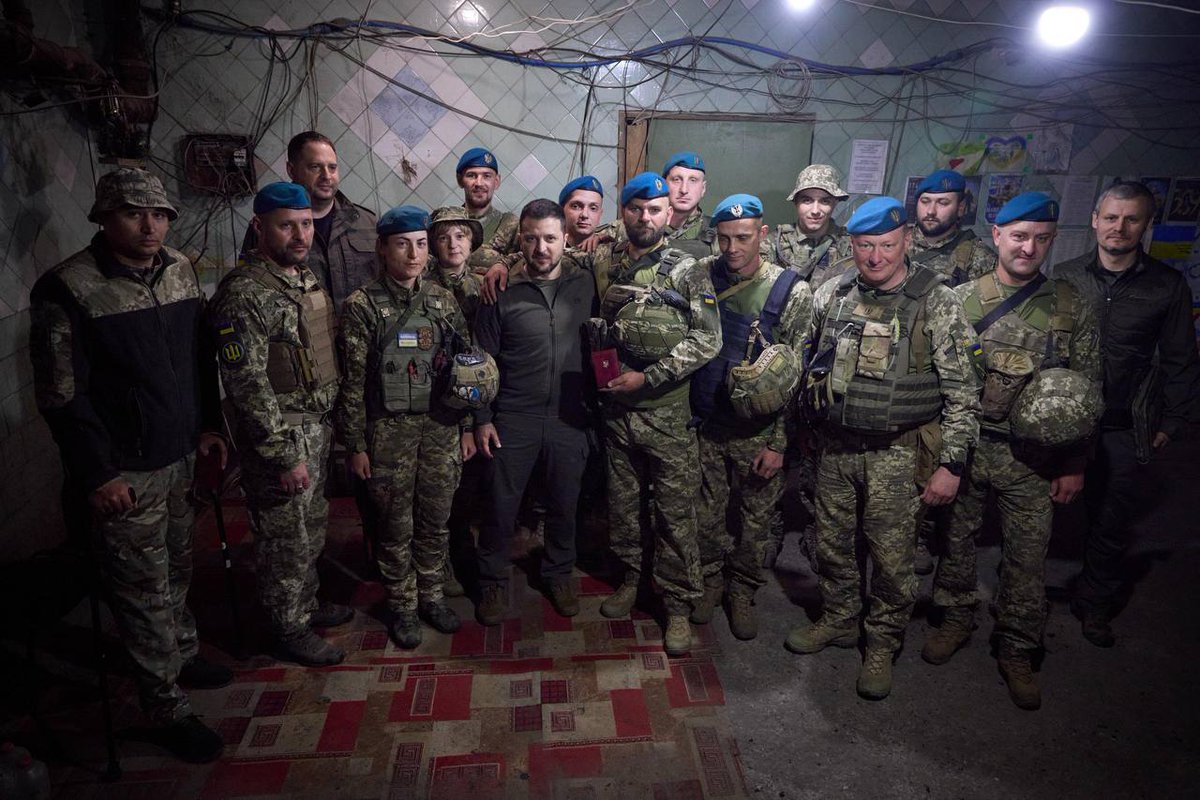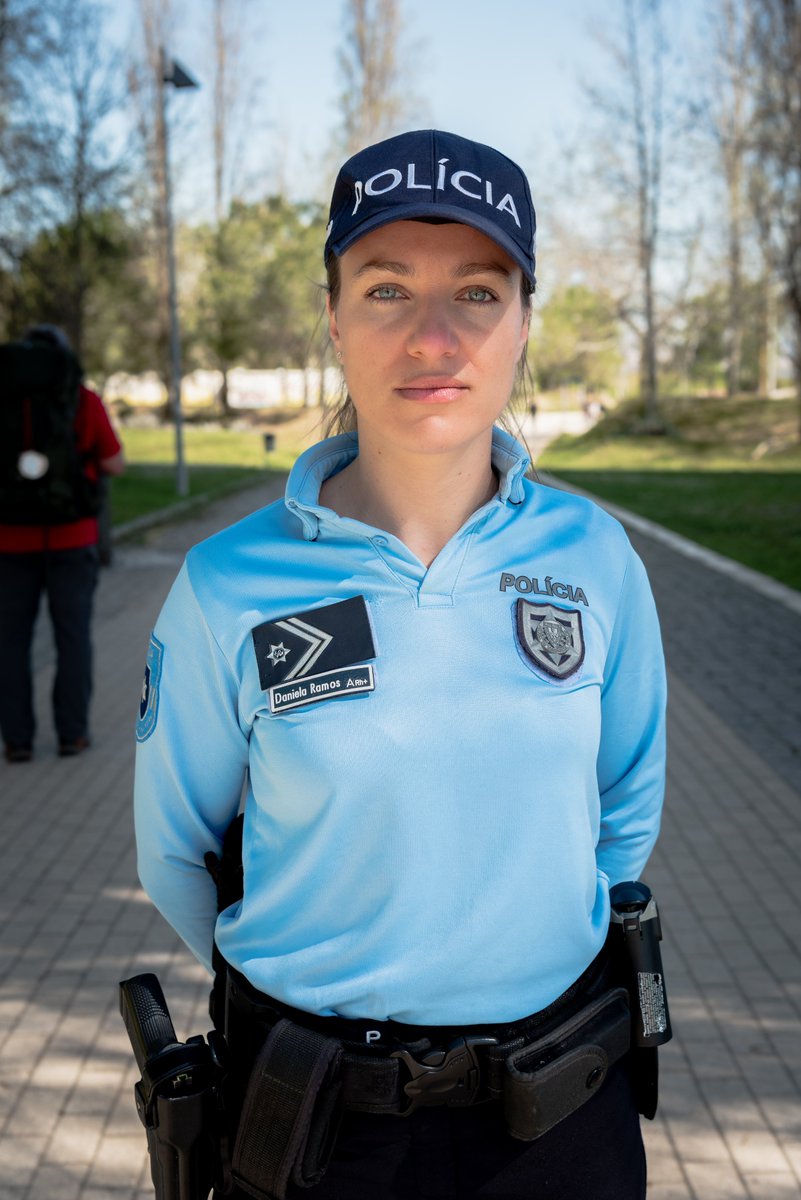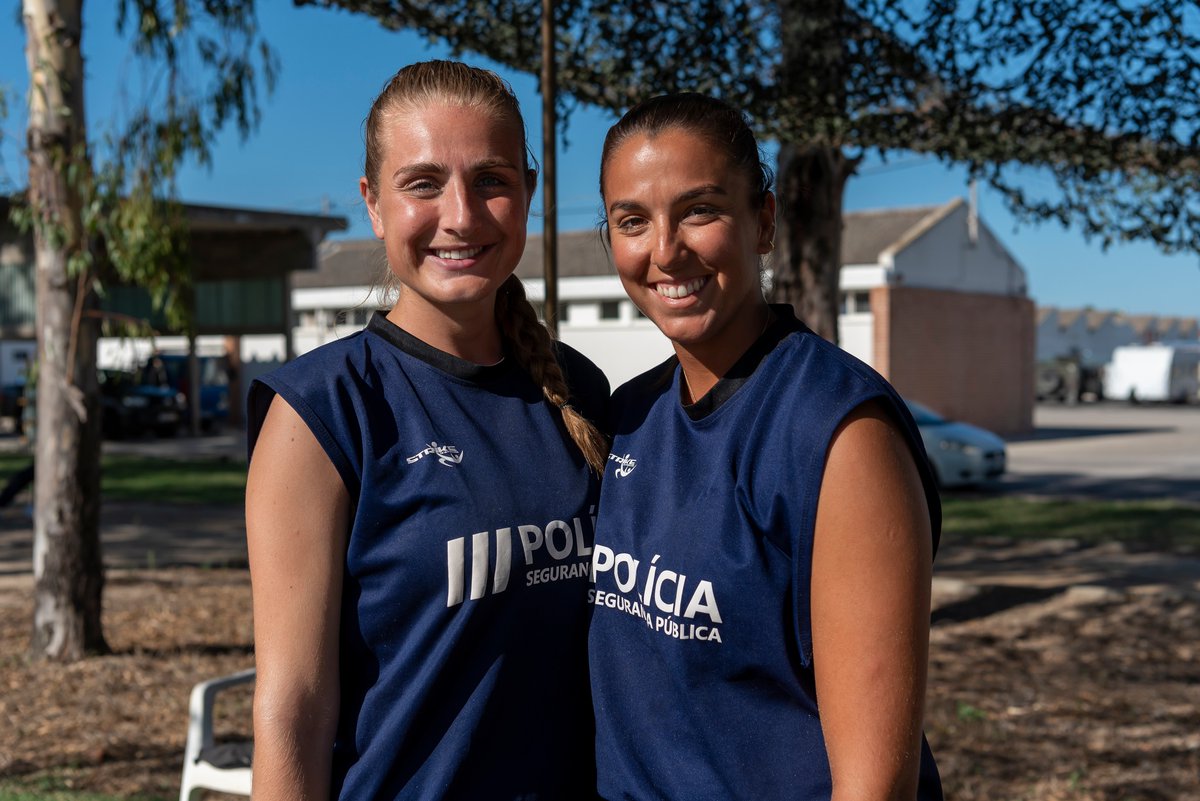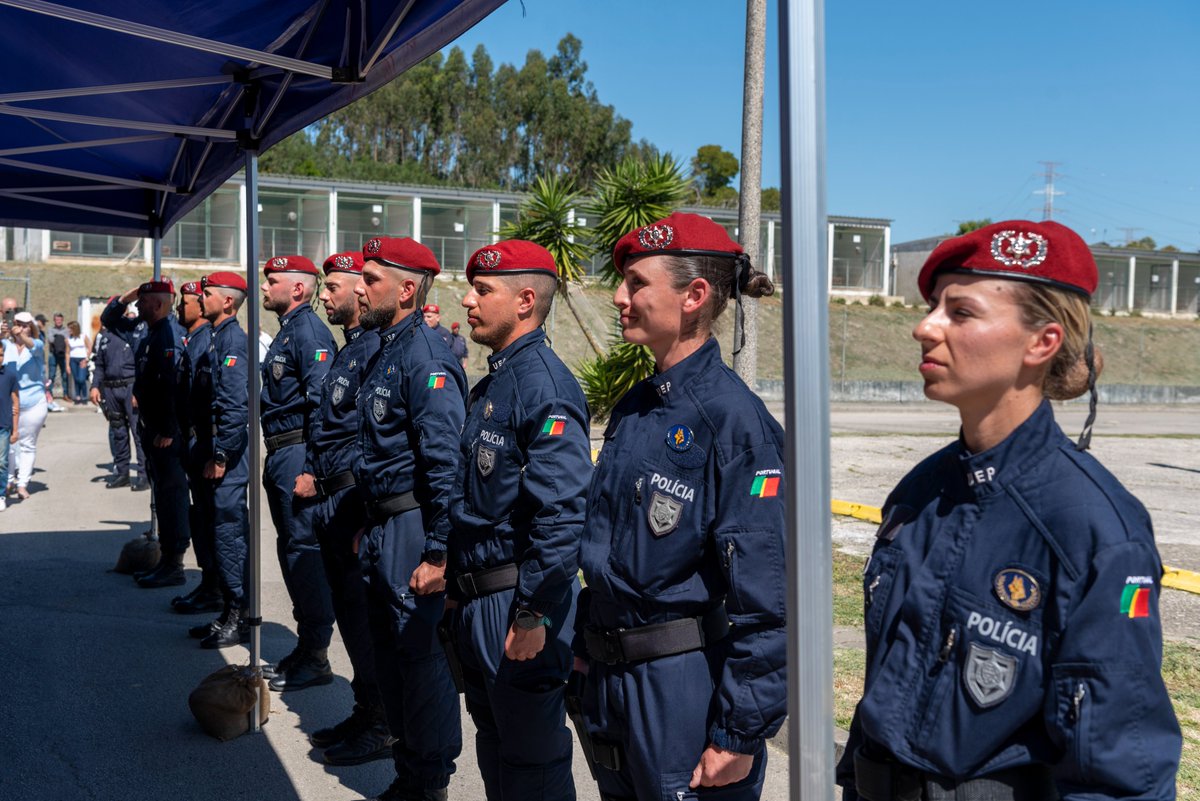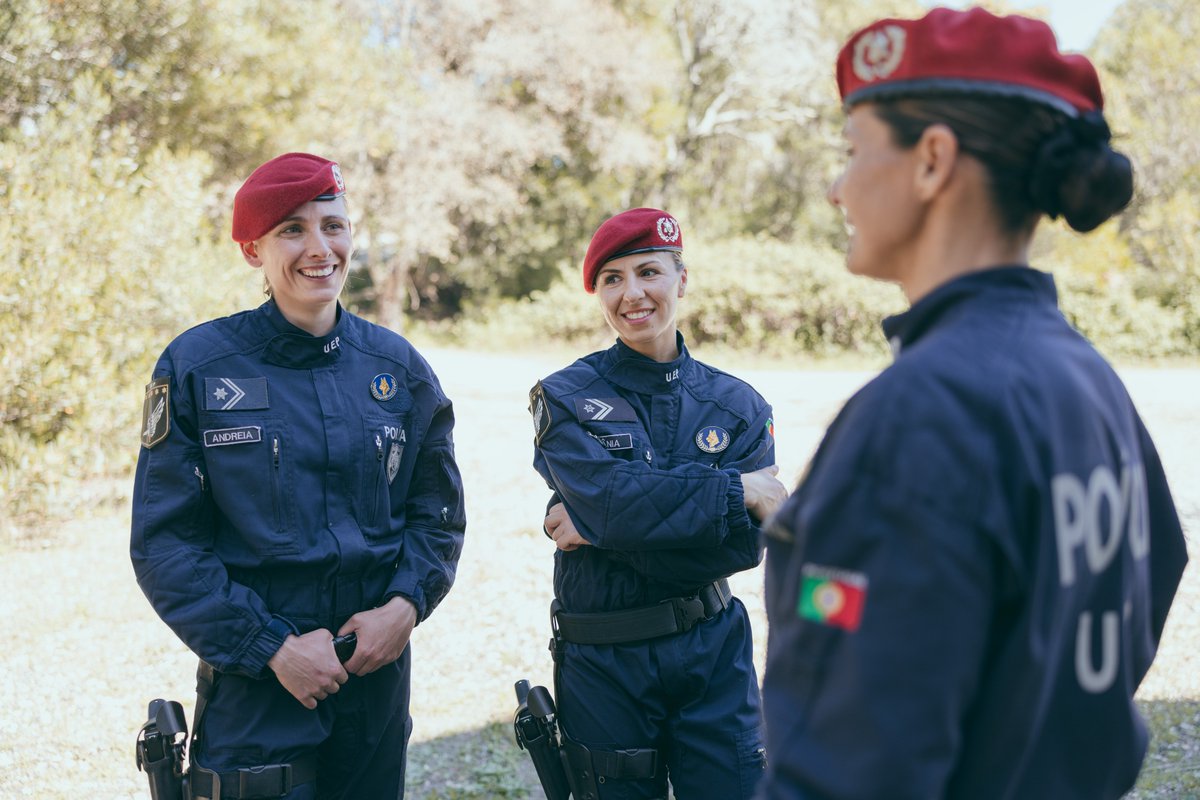Mulheres... outra vez...
Moderadores: J.Ricardo, Conselho de Moderação
- cabeça de martelo
- Sênior

- Mensagens: 39549
- Registrado em: Sex Out 21, 2005 10:45 am
- Localização: Portugal
- Agradeceu: 1137 vezes
- Agradeceram: 2858 vezes
- cabeça de martelo
- Sênior

- Mensagens: 39549
- Registrado em: Sex Out 21, 2005 10:45 am
- Localização: Portugal
- Agradeceu: 1137 vezes
- Agradeceram: 2858 vezes
- cabeça de martelo
- Sênior

- Mensagens: 39549
- Registrado em: Sex Out 21, 2005 10:45 am
- Localização: Portugal
- Agradeceu: 1137 vezes
- Agradeceram: 2858 vezes
- cabeça de martelo
- Sênior

- Mensagens: 39549
- Registrado em: Sex Out 21, 2005 10:45 am
- Localização: Portugal
- Agradeceu: 1137 vezes
- Agradeceram: 2858 vezes
- cabeça de martelo
- Sênior

- Mensagens: 39549
- Registrado em: Sex Out 21, 2005 10:45 am
- Localização: Portugal
- Agradeceu: 1137 vezes
- Agradeceram: 2858 vezes
- cabeça de martelo
- Sênior

- Mensagens: 39549
- Registrado em: Sex Out 21, 2005 10:45 am
- Localização: Portugal
- Agradeceu: 1137 vezes
- Agradeceram: 2858 vezes
- cabeça de martelo
- Sênior

- Mensagens: 39549
- Registrado em: Sex Out 21, 2005 10:45 am
- Localização: Portugal
- Agradeceu: 1137 vezes
- Agradeceram: 2858 vezes
Re: Mulheres... outra vez...
Cadete Ortiz no seu primeiro dia na Academia Militar de Saragoça.
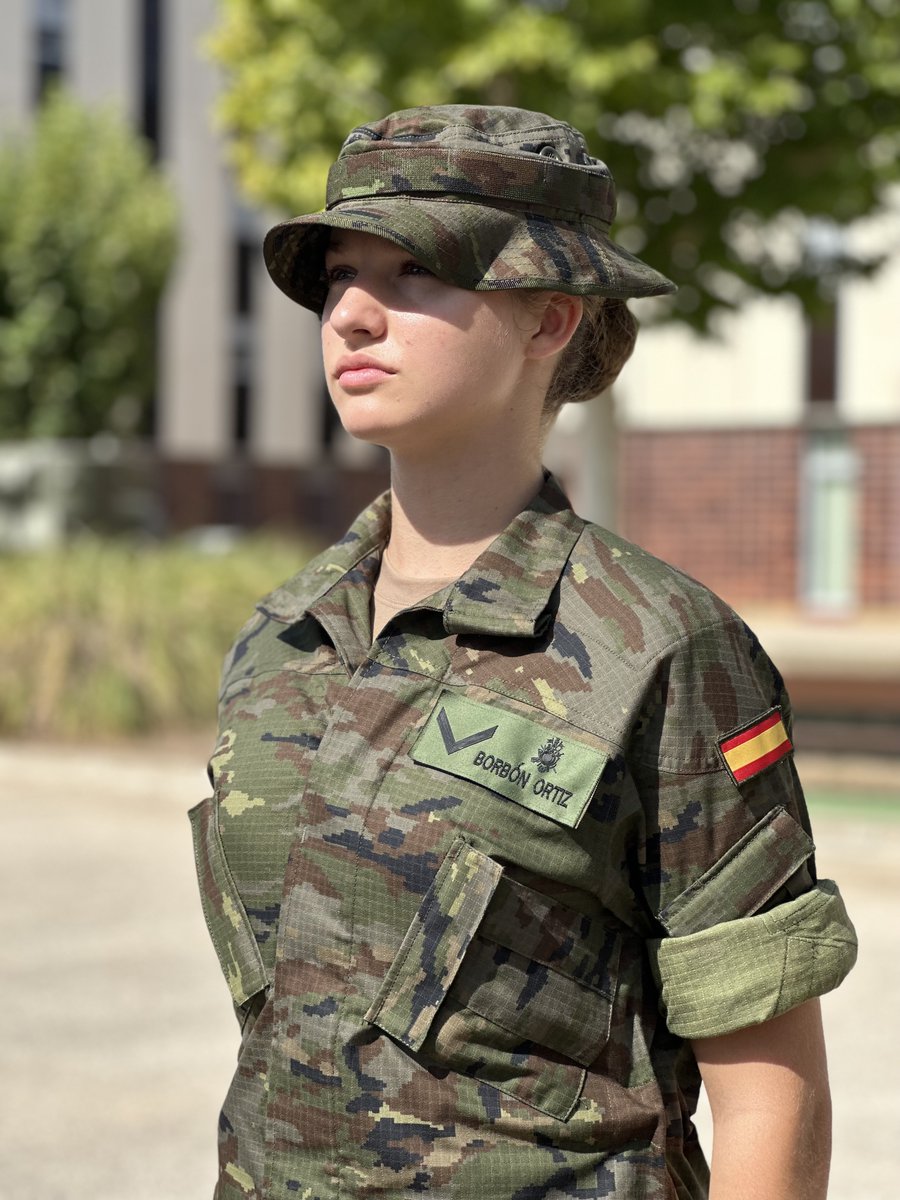

Dias antes tinha sido deixada lá pela sua família:
 https://www.casareal.es/ES/Actividades/ ... data=15830
https://www.casareal.es/ES/Actividades/ ... data=15830


Dias antes tinha sido deixada lá pela sua família:
- cabeça de martelo
- Sênior

- Mensagens: 39549
- Registrado em: Sex Out 21, 2005 10:45 am
- Localização: Portugal
- Agradeceu: 1137 vezes
- Agradeceram: 2858 vezes
Re: Mulheres... outra vez...
Uma diferença de tradições entre a Academia Militar em Portugal e a de Espanha. Por cá os Cadetes só recebem a espada quando terminam o curso, em Espanha os Cadetes do segundo ano entregam as espadas aos do primeiro ano.
Ayer, la Princesa Leonor, futura Reina de España recibió su sable de oficial en la academia de Zaragoza.

- cabeça de martelo
- Sênior

- Mensagens: 39549
- Registrado em: Sex Out 21, 2005 10:45 am
- Localização: Portugal
- Agradeceu: 1137 vezes
- Agradeceram: 2858 vezes
- cabeça de martelo
- Sênior

- Mensagens: 39549
- Registrado em: Sex Out 21, 2005 10:45 am
- Localização: Portugal
- Agradeceu: 1137 vezes
- Agradeceram: 2858 vezes
- cabeça de martelo
- Sênior

- Mensagens: 39549
- Registrado em: Sex Out 21, 2005 10:45 am
- Localização: Portugal
- Agradeceu: 1137 vezes
- Agradeceram: 2858 vezes
- cabeça de martelo
- Sênior

- Mensagens: 39549
- Registrado em: Sex Out 21, 2005 10:45 am
- Localização: Portugal
- Agradeceu: 1137 vezes
- Agradeceram: 2858 vezes
Re: Mulheres... outra vez...

Anton Gerashchenko escreveu:Instead of a thousand words.
This is Baby Devil, a dog from Sievierodonetsk and his new owner - a paramedic from Portugal.
The photos were taken at Kramatorsk train station.
The photographer shared that the owner became friends with the dog after he was brought into an animal shelter.
"Now he's always near his new friend who helps our military at the frontlines," the photographer wrote.
- cabeça de martelo
- Sênior

- Mensagens: 39549
- Registrado em: Sex Out 21, 2005 10:45 am
- Localização: Portugal
- Agradeceu: 1137 vezes
- Agradeceram: 2858 vezes
Re: Mulheres... outra vez...
Sky Soldier makes history as first active-duty female Army sniper
By Maj. Joe LegrosDecember 5, 2023

VICENZA, Italy — A close friend told her there was no way she could do it. She would not make it in the Army, and there was even less chance of her becoming a sniper.
Four years later, she is still defying the odds.
“My nickname growing up was ‘Sniper,’” said U.S. Army Sgt. Maciel Hay, a cavalry scout with 1st Squadron, 91st Cavalry Regiment (1-91 CAV), 173rd Airborne Brigade.
Not only did she make it through basic training while qualifying as an expert with the M4 assault rifle, she quickly followed that up by graduating from airborne school. Now she is truly living up to her childhood nickname as the first active duty female U.S. Army sniper.
“I grew up shooting, mostly rifles and handguns, on my family’s ranches in Rocklin, California and Medford, Oregon,” said Hay. “But the nickname came from the fact that I could find things really fast, similar to how a sniper does target detection.”
Hay says that shooting came naturally to her, but she credits her uncle Cy with teaching her the basics. However, the inspiration to become an Army sniper came later while attending Sierra College near her hometown.
“A close friend of mine told me I’d never make it in the Army, and there’s no way I could become a sniper,” Hay laughed. “Needless to say, that person is no longer part of my life. But now that I look back at it, I really do appreciate the motivation.”
In contrast, Hay points to her positive experience in the Army, underscored by the support she has received from leaders and peers throughout her training. From the early days of basic training, where her sharpshooting skills caught the attention of leadership, to her drill sergeant encouraging her to pursue sniper school, Hay found herself surrounded by individuals who recognized her potential.
“Even though I only shot sharpshooter at first, then eventually expert later on in basic training, my drill sergeant encouraged me to pursue the goal of sniper school,” said Hay.
In the world of military marksmanship, individual weapons qualification is a crucial milestone. With their M4 or M16 assault rifle, Soldiers must shoot at least 23 out of 40 targets to earn the status of "marksman." Achieving sharpshooter status requires hitting at least 30 targets, whereas experts must shoot a minimum of 36. Hay's progression from sharpshooter to expert reflects not just her skill but also her dedication to mastering the art of marksmanship.
After basic and advanced individual training as a cavalry scout, Hay’s leadership at the 1-91 CAV continued to see her potential.
“Sgt. Hay is just an incredible non-commissioned officer that comes to work every day with the intention of making not only her team better, but also the entire organization,” said Hay’s platoon sergeant, Sgt. 1st Class Antwon Jones, 1-91 CAV.
As Jones alludes, Hay’s journey to sniper school took a team effort.
Jones shared that from slotting her into a sniper section to ensuring she was prepared ahead of time, multiple leaders supported Hay’s decision to pursue sniper school.
“One example that comes to mind is our new Behavioral Health Provider, Capt. Lee,” said Jones. “He wasn’t even in-processed with the unit at that point, but he made time on a Saturday to meet with Sgt. Hay for a screening needed for her submission packet.”
Soldiers attending sniper school undergo a rigorous selection process. Typically, candidates are experienced infantrymen who have demonstrated exceptional marksmanship skills. They must meet specific physical and mental requirements, as the demanding nature of sniper operations requires a high level of fitness, discipline and concentration.
In preparing for sniper school, Hay was tasked with making a ghillie suit, which is a type of camouflage clothing typically worn by snipers. Even this endeavor was a group effort.
“It took many hours, multiple people and tons of sewing to create an acceptable ghillie suit,” said Hay.
Once at school, the ghillie suit came in handy, as marksmanship was not the only focal point for sniper candidates during the five-week course.
While emphasis is placed on developing exceptional marksmanship skills with various sniper rifles, including bolt-action and semi-automatic systems, sniper candidates are tested in the art of stalking and concealment, observation and intelligence gathering, survival skills and land navigation, as well as urban sniper operations where snipers perform their craft in densely populated areas.
“The rapid target engagement and intelligence reporting were two of the toughest areas for me,” said Hay. “I also struggled with the very last test where we had to engage long distance targets while sitting on our rucksacks. That position threw off my balance.”
Hay shared that the instructors were very passionate about their craft and provided many hours of assistance to her class of sniper candidates, including guidance on the rucksack position.
“They told me to tighten my tripod’s sling, fitting it closer to my body,” said Hay. “That made all the difference.”
Upon successful completion of the training, Hay and the other graduates received certification as U.S. Army Snipers. This qualification signifies that the soldier has met the high standards set by the school and is capable of carrying out sniper duties in a variety of operational environments.
Hay’s family was able to travel from California to visit her at Fort Moore (formerly Fort Benning), Georgia, for the sniper school graduation. It was the first time they were able to see her in uniform.
“Due to COVID travel restrictions, they weren’t able to make it to my basic training or advanced individual training a few years ago,” said Hay. “Then, I went straight to Germany to join my unit. So it was really nice to see them and I’m grateful for their support.”
From her childhood day’s nicknamed “Sniper,” to graduating as the first female active duty Army sniper, Hay’s full-circle journey is one of commitment and determination, and she is not done yet.
Her next assignment takes her to Anchorage, Alaska, with the 1st Squadron (Airborne), 40th Cavalry Regiment. She says becoming a jumpmaster is her next goal, and everyone keeps telling her to attend Ranger School.
“It great to hear stories about paratroopers doing great things,” said Jones, “But especially when it’s a female defying the odds and proving women are just as capable to do anything when they have the motivation and drive to win.”
About 173rd Airborne Brigade
The 173rd Airborne Brigade is the U.S. Army's Contingency Response Force in Europe, providing rapidly deployable forces to the U.S. European Command, U.S. Africa Command and U.S. Central Command areas of responsibility. Forward deployed across Italy and Germany, the brigade routinely trains alongside NATO allies and partners to build partnerships and strengthen the alliance.
https://www.army.mil/article/272115/sky ... rmy_sniper
By Maj. Joe LegrosDecember 5, 2023

VICENZA, Italy — A close friend told her there was no way she could do it. She would not make it in the Army, and there was even less chance of her becoming a sniper.
Four years later, she is still defying the odds.
“My nickname growing up was ‘Sniper,’” said U.S. Army Sgt. Maciel Hay, a cavalry scout with 1st Squadron, 91st Cavalry Regiment (1-91 CAV), 173rd Airborne Brigade.
Not only did she make it through basic training while qualifying as an expert with the M4 assault rifle, she quickly followed that up by graduating from airborne school. Now she is truly living up to her childhood nickname as the first active duty female U.S. Army sniper.
“I grew up shooting, mostly rifles and handguns, on my family’s ranches in Rocklin, California and Medford, Oregon,” said Hay. “But the nickname came from the fact that I could find things really fast, similar to how a sniper does target detection.”
Hay says that shooting came naturally to her, but she credits her uncle Cy with teaching her the basics. However, the inspiration to become an Army sniper came later while attending Sierra College near her hometown.
“A close friend of mine told me I’d never make it in the Army, and there’s no way I could become a sniper,” Hay laughed. “Needless to say, that person is no longer part of my life. But now that I look back at it, I really do appreciate the motivation.”
In contrast, Hay points to her positive experience in the Army, underscored by the support she has received from leaders and peers throughout her training. From the early days of basic training, where her sharpshooting skills caught the attention of leadership, to her drill sergeant encouraging her to pursue sniper school, Hay found herself surrounded by individuals who recognized her potential.
“Even though I only shot sharpshooter at first, then eventually expert later on in basic training, my drill sergeant encouraged me to pursue the goal of sniper school,” said Hay.
In the world of military marksmanship, individual weapons qualification is a crucial milestone. With their M4 or M16 assault rifle, Soldiers must shoot at least 23 out of 40 targets to earn the status of "marksman." Achieving sharpshooter status requires hitting at least 30 targets, whereas experts must shoot a minimum of 36. Hay's progression from sharpshooter to expert reflects not just her skill but also her dedication to mastering the art of marksmanship.
After basic and advanced individual training as a cavalry scout, Hay’s leadership at the 1-91 CAV continued to see her potential.
“Sgt. Hay is just an incredible non-commissioned officer that comes to work every day with the intention of making not only her team better, but also the entire organization,” said Hay’s platoon sergeant, Sgt. 1st Class Antwon Jones, 1-91 CAV.
As Jones alludes, Hay’s journey to sniper school took a team effort.
Jones shared that from slotting her into a sniper section to ensuring she was prepared ahead of time, multiple leaders supported Hay’s decision to pursue sniper school.
“One example that comes to mind is our new Behavioral Health Provider, Capt. Lee,” said Jones. “He wasn’t even in-processed with the unit at that point, but he made time on a Saturday to meet with Sgt. Hay for a screening needed for her submission packet.”
Soldiers attending sniper school undergo a rigorous selection process. Typically, candidates are experienced infantrymen who have demonstrated exceptional marksmanship skills. They must meet specific physical and mental requirements, as the demanding nature of sniper operations requires a high level of fitness, discipline and concentration.
In preparing for sniper school, Hay was tasked with making a ghillie suit, which is a type of camouflage clothing typically worn by snipers. Even this endeavor was a group effort.
“It took many hours, multiple people and tons of sewing to create an acceptable ghillie suit,” said Hay.
Once at school, the ghillie suit came in handy, as marksmanship was not the only focal point for sniper candidates during the five-week course.
While emphasis is placed on developing exceptional marksmanship skills with various sniper rifles, including bolt-action and semi-automatic systems, sniper candidates are tested in the art of stalking and concealment, observation and intelligence gathering, survival skills and land navigation, as well as urban sniper operations where snipers perform their craft in densely populated areas.
“The rapid target engagement and intelligence reporting were two of the toughest areas for me,” said Hay. “I also struggled with the very last test where we had to engage long distance targets while sitting on our rucksacks. That position threw off my balance.”
Hay shared that the instructors were very passionate about their craft and provided many hours of assistance to her class of sniper candidates, including guidance on the rucksack position.
“They told me to tighten my tripod’s sling, fitting it closer to my body,” said Hay. “That made all the difference.”
Upon successful completion of the training, Hay and the other graduates received certification as U.S. Army Snipers. This qualification signifies that the soldier has met the high standards set by the school and is capable of carrying out sniper duties in a variety of operational environments.
Hay’s family was able to travel from California to visit her at Fort Moore (formerly Fort Benning), Georgia, for the sniper school graduation. It was the first time they were able to see her in uniform.
“Due to COVID travel restrictions, they weren’t able to make it to my basic training or advanced individual training a few years ago,” said Hay. “Then, I went straight to Germany to join my unit. So it was really nice to see them and I’m grateful for their support.”
From her childhood day’s nicknamed “Sniper,” to graduating as the first female active duty Army sniper, Hay’s full-circle journey is one of commitment and determination, and she is not done yet.
Her next assignment takes her to Anchorage, Alaska, with the 1st Squadron (Airborne), 40th Cavalry Regiment. She says becoming a jumpmaster is her next goal, and everyone keeps telling her to attend Ranger School.
“It great to hear stories about paratroopers doing great things,” said Jones, “But especially when it’s a female defying the odds and proving women are just as capable to do anything when they have the motivation and drive to win.”
About 173rd Airborne Brigade
The 173rd Airborne Brigade is the U.S. Army's Contingency Response Force in Europe, providing rapidly deployable forces to the U.S. European Command, U.S. Africa Command and U.S. Central Command areas of responsibility. Forward deployed across Italy and Germany, the brigade routinely trains alongside NATO allies and partners to build partnerships and strengthen the alliance.
https://www.army.mil/article/272115/sky ... rmy_sniper
- cabeça de martelo
- Sênior

- Mensagens: 39549
- Registrado em: Sex Out 21, 2005 10:45 am
- Localização: Portugal
- Agradeceu: 1137 vezes
- Agradeceram: 2858 vezes
- cabeça de martelo
- Sênior

- Mensagens: 39549
- Registrado em: Sex Out 21, 2005 10:45 am
- Localização: Portugal
- Agradeceu: 1137 vezes
- Agradeceram: 2858 vezes



